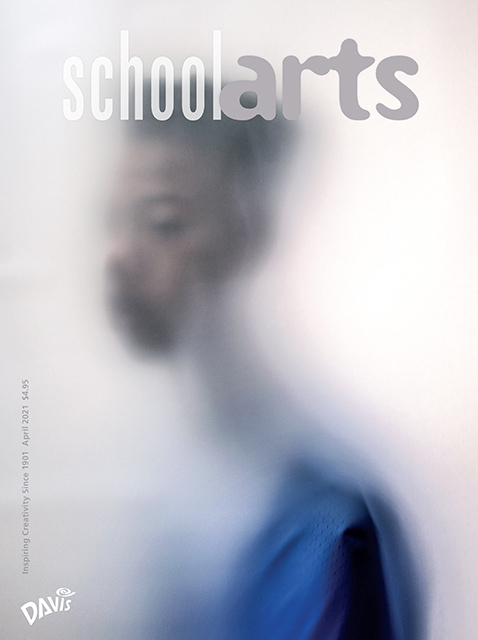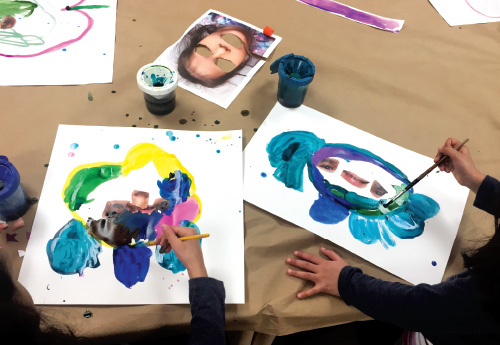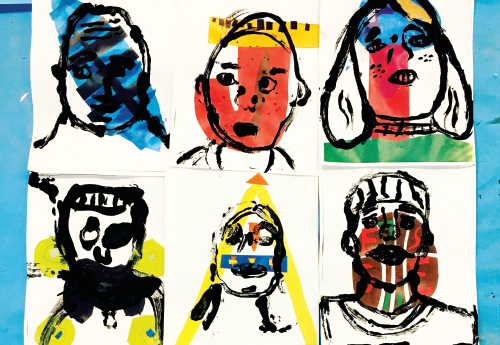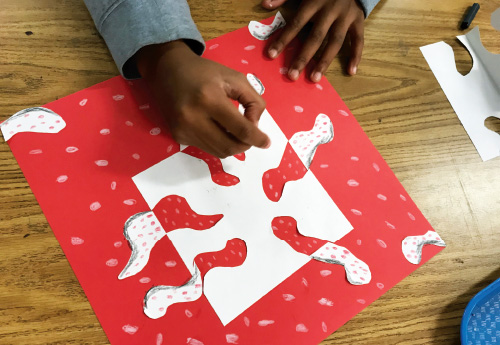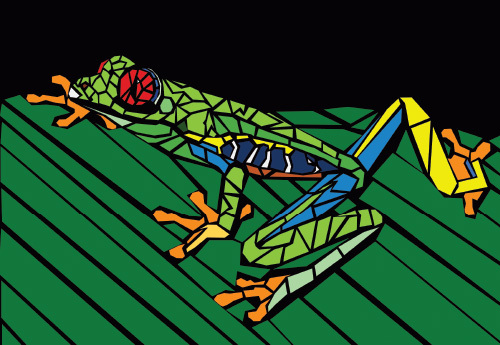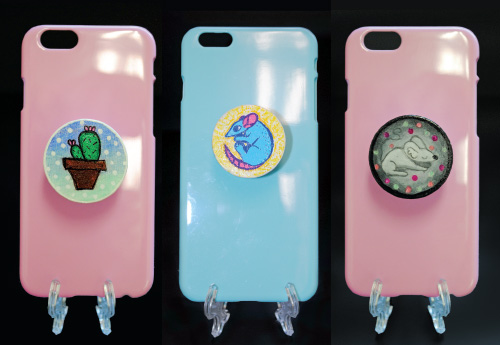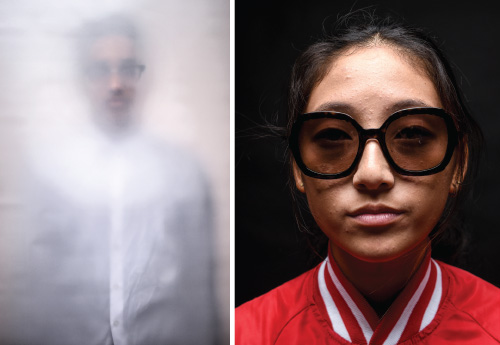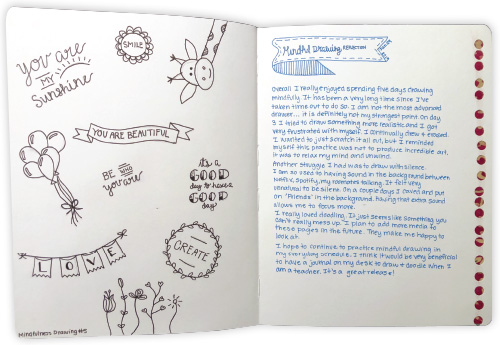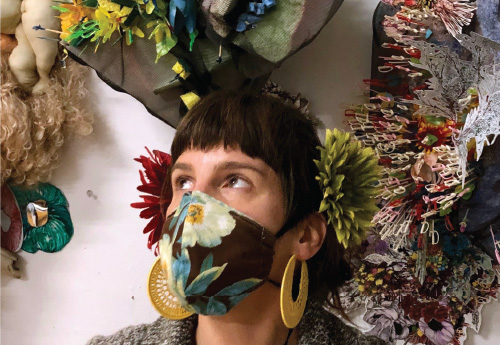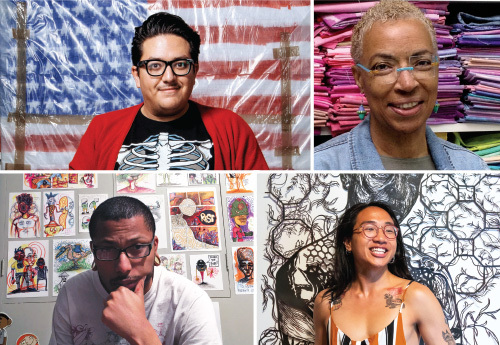
Editor's Letter: Contemporary Art
Contemporary art is vibrant, diverse, exciting, and engaging. It can help you introduce more diverse, living, global artists to your students and spark meaningful discussions. However, many art teachers struggle to incorporate it into the teaching practices, or find it challenging to define. In preparation for this issue on teaching with and about contemporary art and ideas, I asked our contributing editors to share how they define contemporary art.
Read Article
